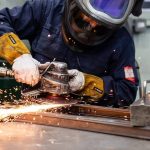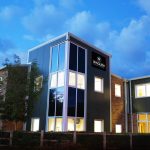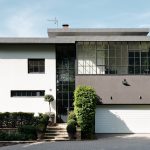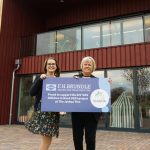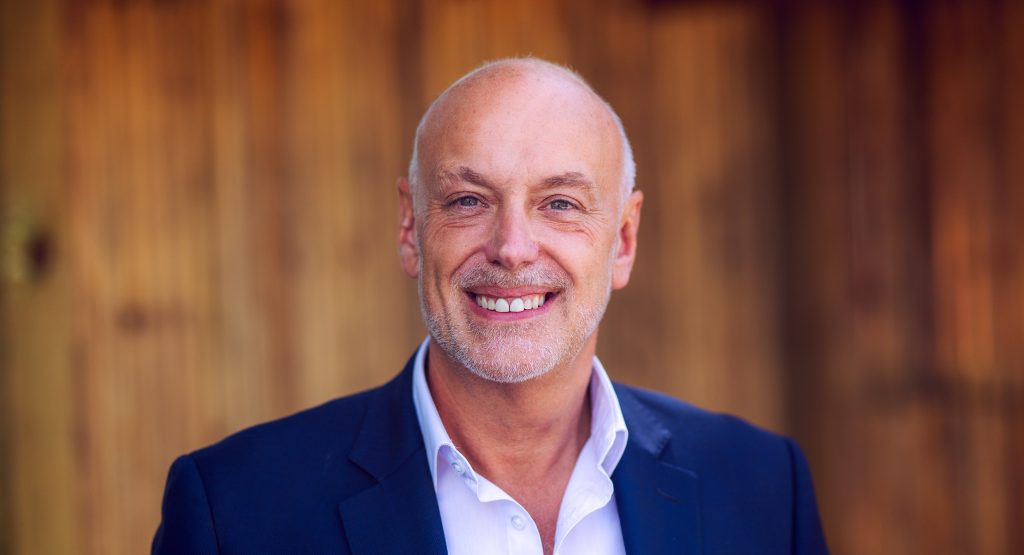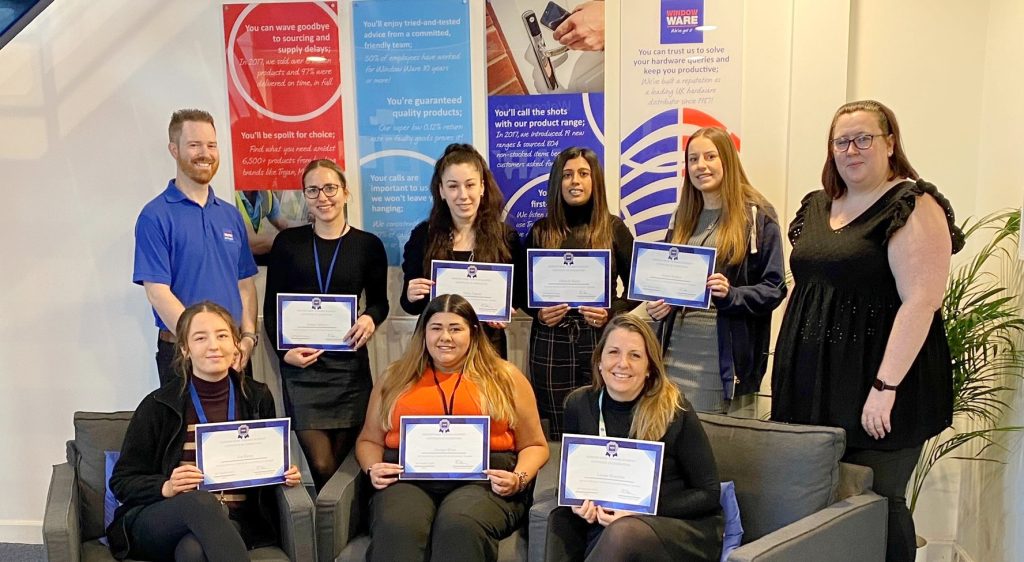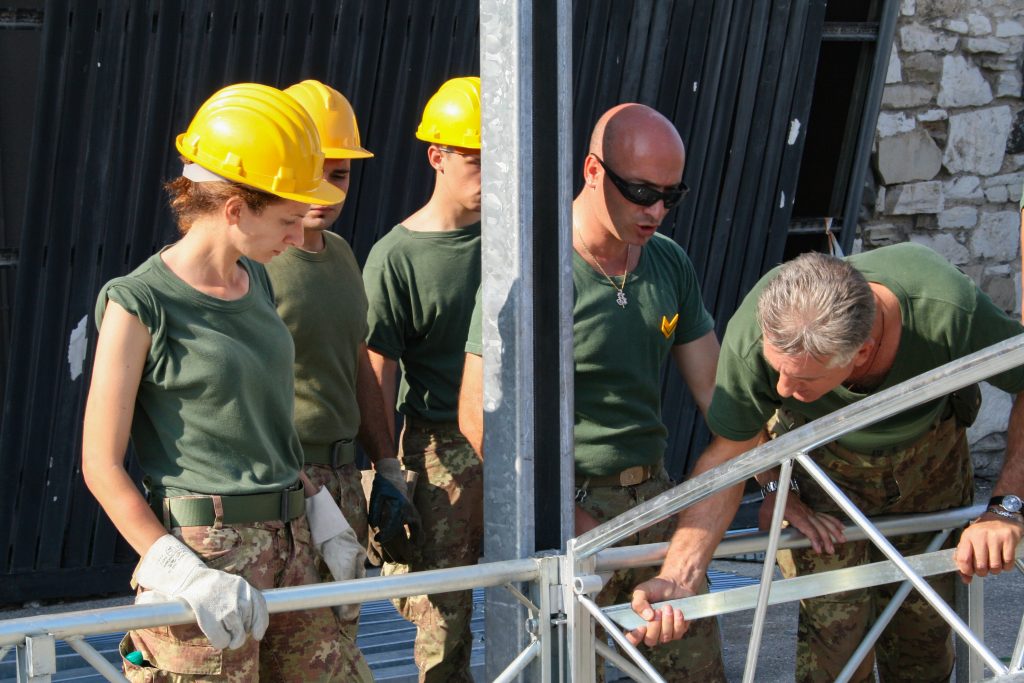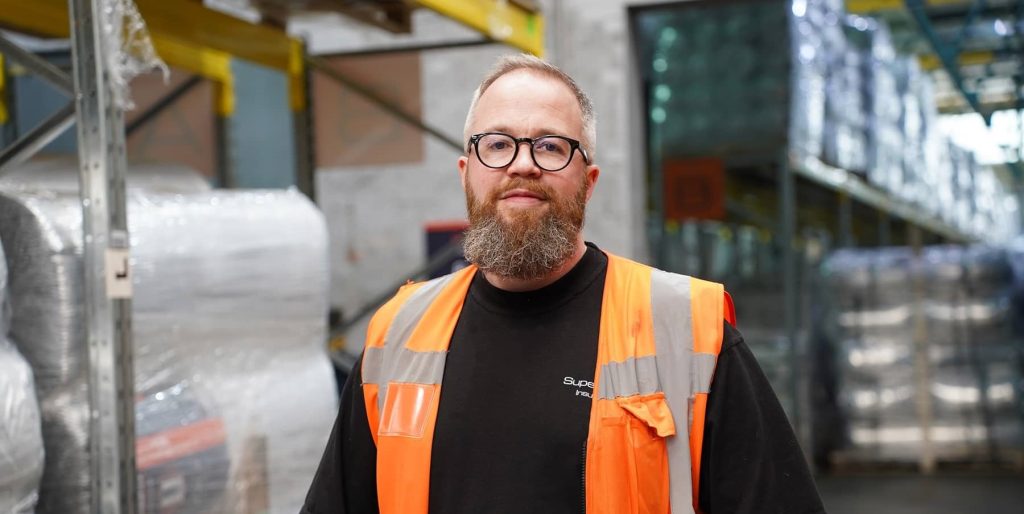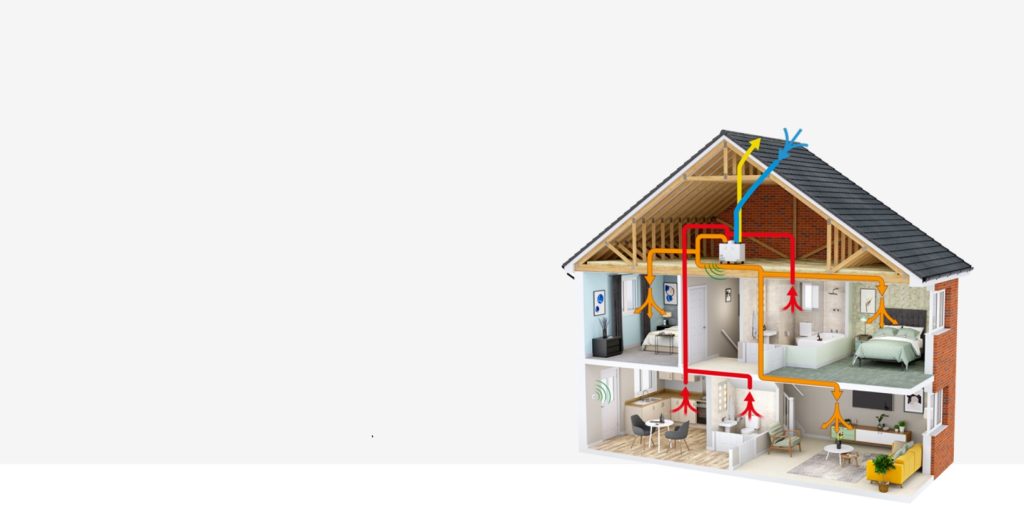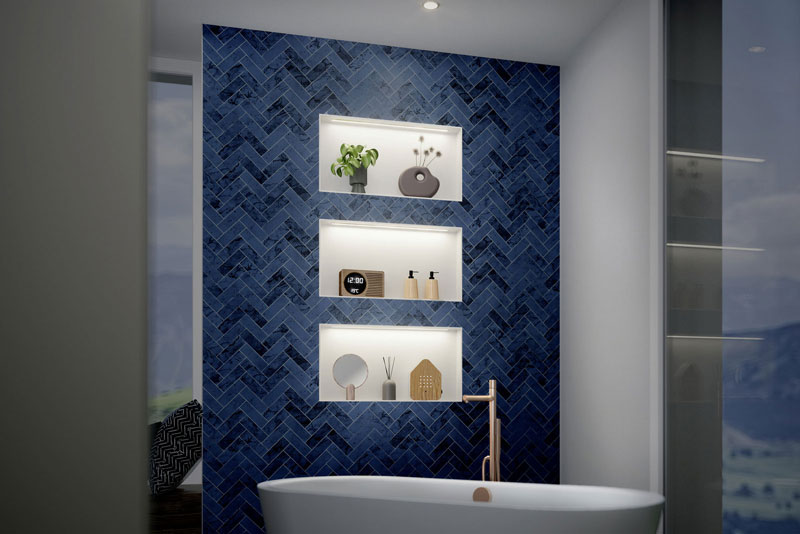UWE Bristol opens new School of Engineering
The University of the West of England’s new state-of-the-art School of Engineering building has been officially opened.
Designed to support the development of the next generation of engineers, the flagship building will help the university reach its ambition to become one of the leading engineering schools in the country.
Set over four floors and 8,500m², the building features teaching studios, modelling and simulation suites, laboratories, specialist workshops and student learning zones accommodating a wide range of engineering disciplines such as composite manufacturing, machining and metrology. It is equipped with the latest digital technology, including engine test cells, driving and flight simulators, a virtual and augmented reality cave, and ‘smart factory’ testing facilities.
Completed in 2020, the striking multi-million-pound facility on Frenchay campus has transformed engineering teaching and learning at UWE Bristol and has already been named Project of the Year at the British Construction Industry Awards where judges praised its intelligent and sustainable design.
Relocation to the spacious new site has enabled the university to expand the student community to 1,600, addressing the rise in demand for skilled engineers in the region particularly in the booming aerospace sector.
To formally declare the landmark building open, a special event was attended by students, staff, alumni and industry partners, along with guest speaker Dawn Bonfield MBE, former president of the Women’s Engineering Society, and celebrated sculptor Alice Channer who was commissioned to create an engineering-inspired public artwork in the atrium.
Tod Burton, Executive Dean for the Faculty of Environment and Technology at UWE Bristol, said: “With our fantastic new contemporary building, fit for the 21st century and the digital era, we now have one of the top engineering facilities in the South West and one that will attract and inspire the engineers of the future.
“It has already been completely transformative for our students and staff, offering different and more flexible ways of teaching, learning and working. We are immensely proud of the new facility and feedback from our students has been resoundingly positive.”
Planning and design work on the new building was carried out in tandem with a renewal of the university’s engineering curriculum, drawn up in collaboration with industry to ensure engineering graduates are equipped with the skills and knowledge needed to succeed.
Professor Lisa Brodie, Head of the Department of Engineering Design and Mathematics at UWE Bristol, said: “Moving to our wonderful new building with its complementary practise-based curriculum has signalled a real cultural shift. Our students are now known as professional student engineers, rather than engineering students.
“They are studying during traditional working hours, learning in spaces that closely resemble actual engineering workplaces, and use the same specialist equipment as professional engineers. We are placing an enhanced focus on problem solving, trialling and testing, because it is beneficial for students to try and fail as it builds resilience, creativity and innovation.”
In addition to a new building and curriculum, UWE Bristol is redoubling efforts to increase diversity within its engineering intake. This includes enrolling more students with neurodiversity, and providing them with enhanced levels of personal mentoring and support from enrolment to employment, and doubling the number of female engineering students.
The university aims to help attract a broader range of engineers by sparking interest among younger age groups, with schoolchildren as young as five to be invited to visit the building’s Prototype and Play Lab to participate in inspiring engineering outreach activities.
Professor Brodie said: “This is really important because if we want to solve the challenges we face as a society, we need to attract different types of people into the engineering discipline. We need to embrace different ways of thinking and doing, and celebrate differences. Our mission is to change the perception of the roles that engineers fulfil and raise aspirations in underrepresented groups.
“If we carry on seeing the same intake entering the profession, we will continue to come up with the same old solutions. With this in mind, we are aiming to produce more ‘non-standard’ engineers in the coming years. Engineers will need to think differently and be far more creative and innovative over the next decade, particularly with some of the challenges we face in areas such as the climate crisis. We aim to be the difference.
“Already we have received fantastic feedback about the new building from female engineers, who have praised its light and spacious design. We want to be able to able to reach people from all backgrounds to open up engineering as a possible career.”


